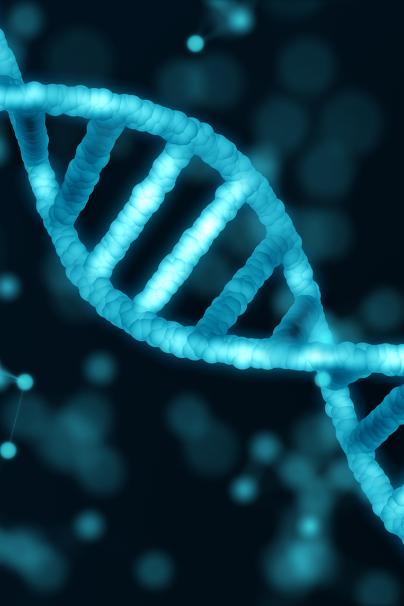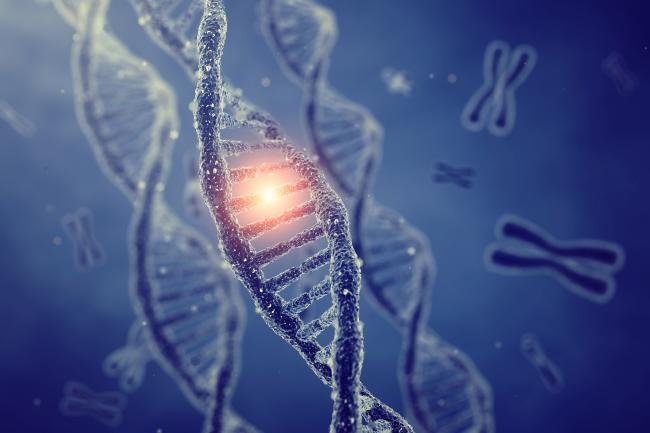Biography
I am a Senior Computational Biologist in the Haerty Group. I use a number of whole-genome sequencing approaches in order to answer questions related to conservation, population and evolutionary genomics, hybridisation, domestication and species diversity. I use the latest technologies available at the Earlham Institute such as 10x Genomics, Tell-seq, PacBio, Nanopore, Omni-C, and Illumina to sequence and assemble previously uncharacterised genomes. My current research includes looking at the genomic diversity of Mustelid (polecats and ferrets), marsupials, and Cichlid fish.
I am particularly interested in the genomics of endangered species and utilise this knowledge in my role as the institutes’ CITES coordinator.







